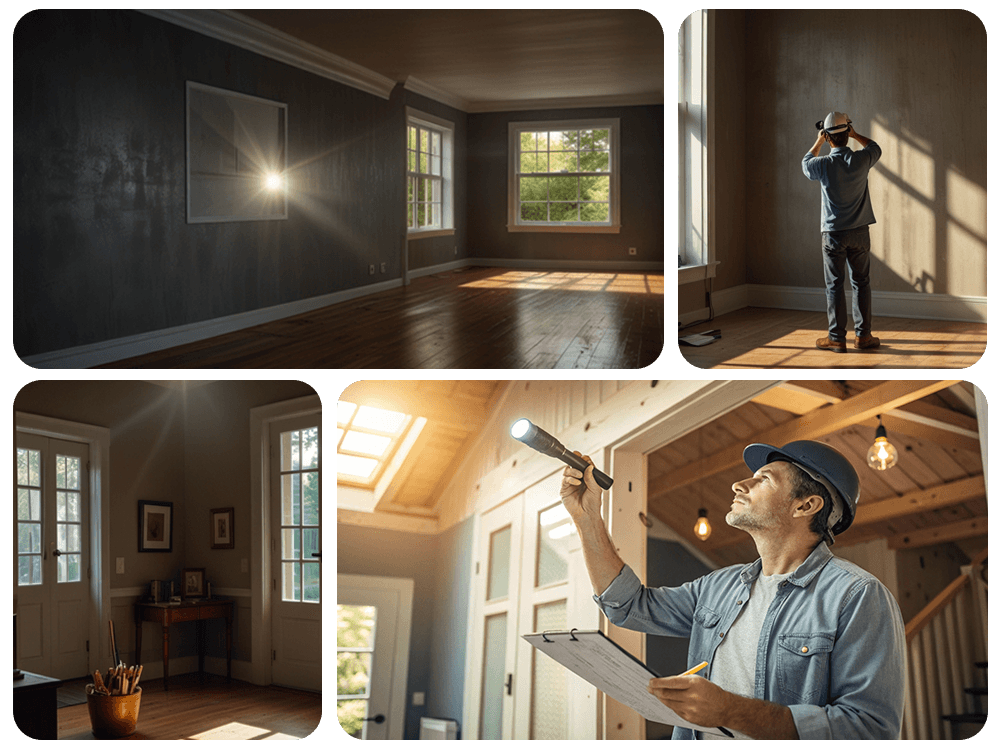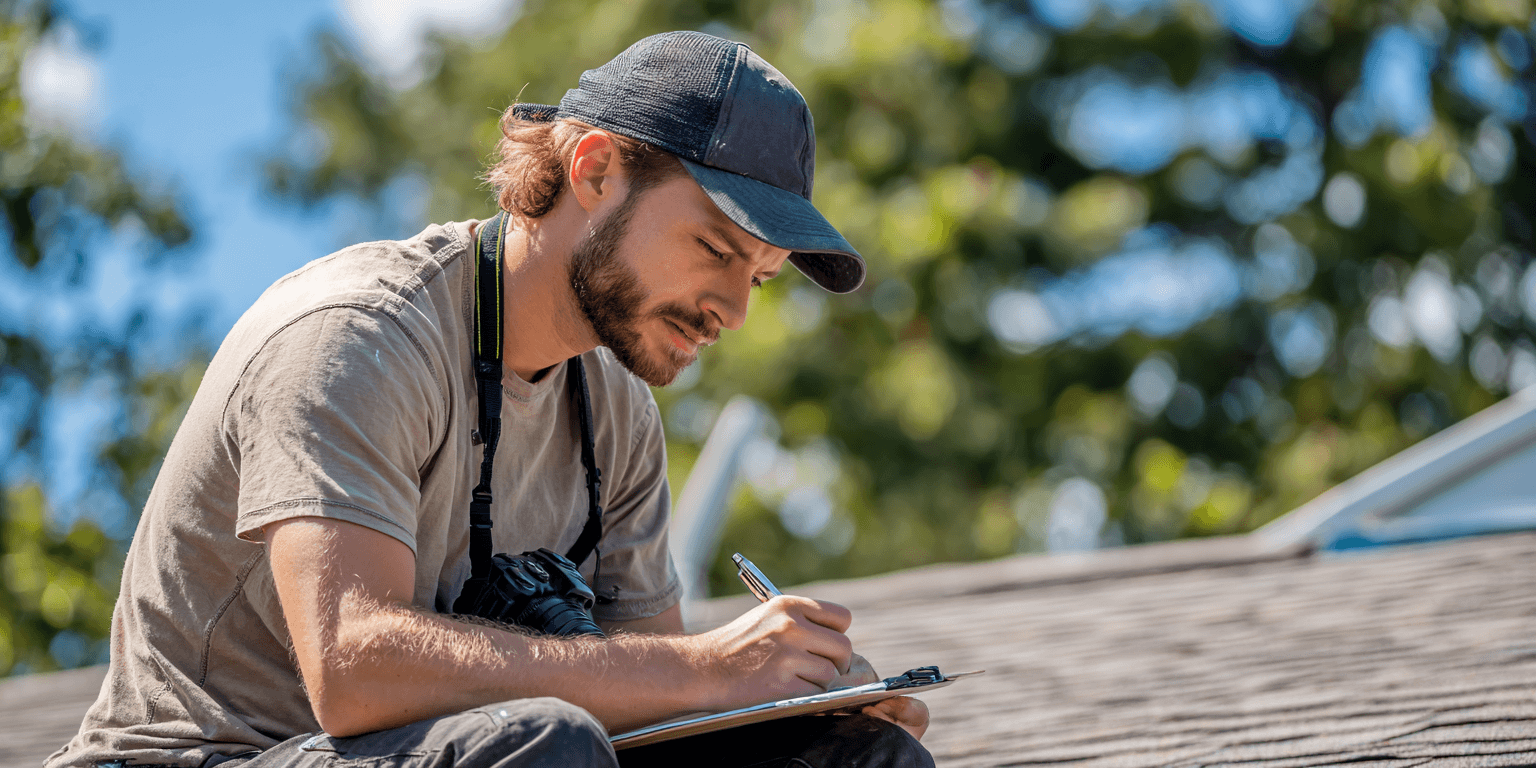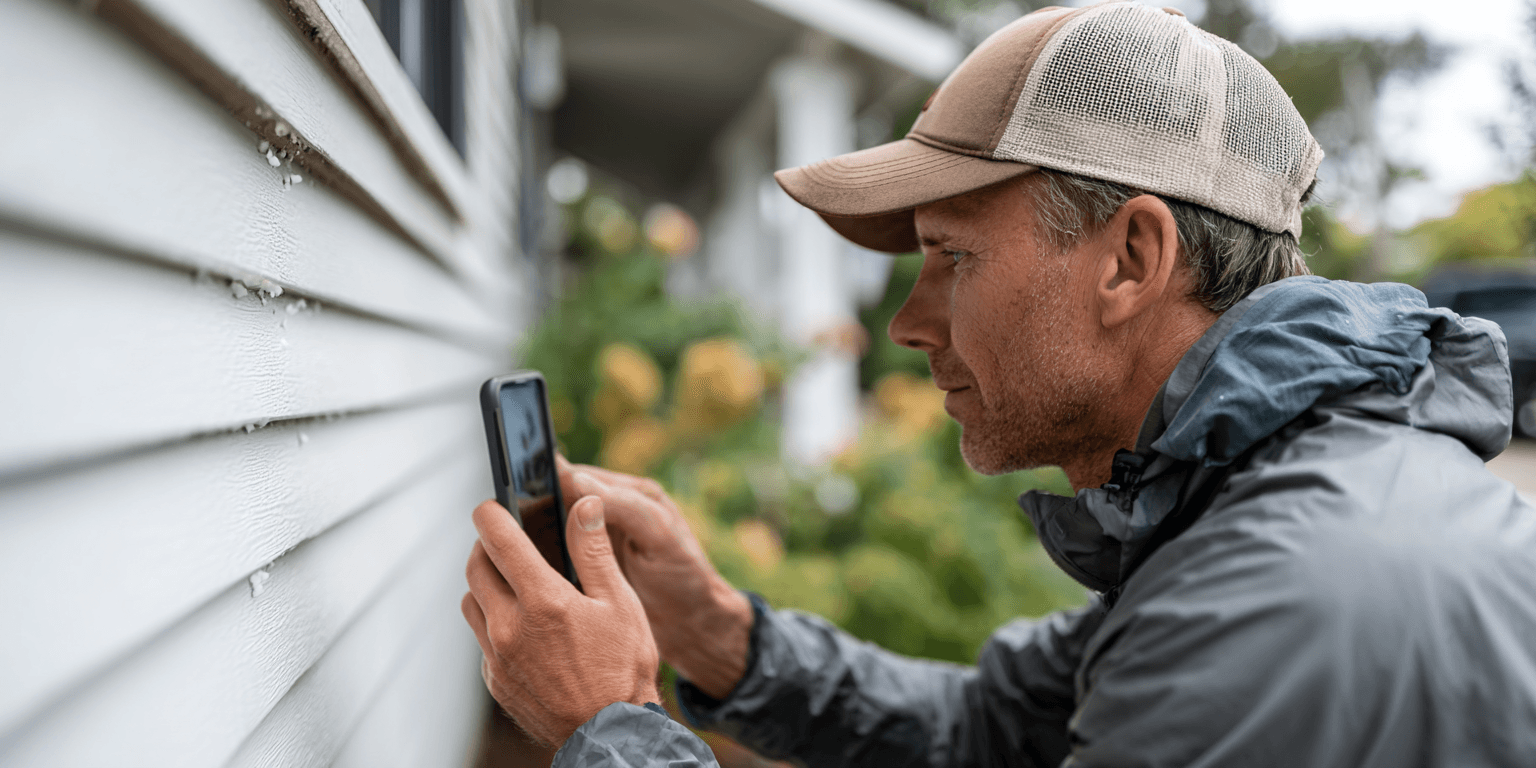For homeowners in hail-prone areas, severe weather isn't just an inconvenience—it’s a threat that can strike fast and leave lasting damage. Hailstones, ranging from small pellets to golf-ball-sized ice chunks, batter rooftops, siding, and other exterior surfaces with surprising force. While some damage is instantly visible, like broken windows or dented gutters, much of it is subtle and only reveals itself over time through leaks, mold, or rot.

The roof is typically the first line of defense—and the most vulnerable. Asphalt shingles may lose granules, bruise, or crack. Tiles might chip, and metal roofing can show deep dents. When flashing is compromised or seals around chimneys and vents weaken, moisture can sneak in, causing damage that isn’t always obvious until it spreads inside. Gutters, skylights, and siding often bear the brunt of hail as well, leading to bent, torn, or perforated surfaces. Interior clues like ceiling stains or attic dampness may also signal that the roof has been breached.
Understanding these risks helps you act fast. Prompt inspections after a storm not only protect your property from worsening damage but also preserve your ability to file a strong insurance claim. Waiting too long can allow insurers to argue that damage was pre-existing or unrelated to the storm—an easy way for them to deny coverage.
After a hailstorm, your insurance company will likely send an adjuster to inspect your property. This process can feel intimidating, but knowing what to expect makes it much easier to navigate. The adjuster begins with a general survey, walking the property to gauge the severity of impact. The roof is their first priority. They'll examine the surface for signs of hail strikes, including bruises on shingles, cracked tiles, lifted tabs, and missing granules. They may use chalk to highlight dents or bring out subtle depressions on metal surfaces.
The inspection continues with gutters and downspouts, which often offer clear evidence of hail impact. Dents or bends here can suggest the size and direction of hail, supporting the overall damage narrative. Next, the adjuster turns to your siding, windows, and other exterior features, looking for chips, cracks, or breaks that could compromise your home’s structure or insulation.
Some adjusters use drones to access difficult roof areas or moisture meters to detect leaks beneath surfaces. Photographs and detailed notes are taken at every step, creating a thorough record. This documentation becomes the basis for your claim—so completeness matters.
Homeowners are encouraged to walk the property themselves before the adjuster arrives, noting visible damage and taking their own photos. If you suspect the adjuster might overlook something, having your own inspector present adds a layer of protection and assurance.

Adjusters are trained to look for both the obvious and the hidden. They start at the top—literally—by closely inspecting the roof. Their goal is to determine whether hail has compromised the roofing material enough to allow water to penetrate or shorten the life of the structure. They look for bruised shingles, missing granules, punctures, and loose flashing. These small signs, while easy to miss from the ground, indicate serious potential for water infiltration.
Metal components like flashing, vent covers, and gutters are next. Dents in these materials provide physical evidence of hail size and intensity. On siding, they look for cracks, chips, or warping—particularly in aluminum or vinyl panels. Windows, too, can suffer cracked frames, chipped glass, or torn screens, all of which suggest high-velocity impact.
Interior checks may follow if roof leaks or water damage are suspected. In attics or upper crawlspaces, inspectors look for signs of moisture, mold, or sagging insulation. These interior findings can strengthen your claim by linking external damage to internal issues.
Everything is documented meticulously, with date-stamped photos, notes, and diagrams. This comprehensive file is what your insurer will rely on to evaluate your claim, so the more organized and detailed the inspection, the better your chances of receiving fair compensation.

Before your adjuster arrives, take steps to ensure your inspection goes smoothly. Once it’s safe to do so after the storm, walk around your property and photograph any signs of damage. Include wide shots for context and close-ups for detail. Capture your roof, siding, windows, gutters, fences, outbuildings, and landscaping. If any roofing material has fallen to the ground, save it for inspection.
Keep your records in a centralized place—this includes photos, notes, repair receipts, and past inspection reports. These materials become essential tools in supporting your claim. If you’re able, get a professional hail damage inspection before your insurance visit. Having an independent expert assess the situation ensures that no detail is missed and gives you leverage if there’s disagreement about the extent of damage.
It’s also helpful to understand your policy’s terms—what’s covered, what’s excluded, and any deadlines for filing. Missing a critical window or misunderstanding a clause can cost you.
Once the inspection is done and you’ve filed your claim, staying organized and communicative will help the process move forward efficiently. Maintain a detailed record of all interactions with your insurance company. This includes emails, phone calls, claim numbers, and promises made during conversations. Always ask for confirmation in writing and keep copies of all documents and reports.
Avoid making permanent repairs until the insurance adjuster has completed their assessment. Temporary measures to prevent further damage—like tarping a roof or boarding a window—are usually permitted and encouraged, but be sure to photograph everything beforehand and retain receipts.
If issues arise during the process, don’t hesitate to request a second opinion from an independent inspector or even a public adjuster. These professionals can advocate for your interests and help resolve disputes. Their expertise often makes the difference between a claim that drags on and one that gets resolved quickly and fairly.
Hailstorms may last only a few minutes, but the damage they cause can linger for months or years if left unchecked. Beyond the visible harm to shingles or siding, hail often weakens protective layers and leads to water infiltration. Over time, this causes mold, mildew, structural wood damage, and even compromised electrical systems. The longer you wait, the more difficult it becomes to prove storm-related causes, and the more complicated the repair process becomes.
That’s why it's critical to act immediately after a storm. Fast documentation, early inspections, and timely contact with your insurer establish a clear timeline. This makes it easier to link damage directly to the storm and reduces the chance of denied or underpaid claims. It also protects your home from worsening conditions and shortens the time your family lives under the stress of repairs.
While your insurance company provides an adjuster, hiring an independent inspector can be one of the smartest decisions you make after a hailstorm. These professionals work for you—not the insurer—and their sole focus is identifying all damage that might impact your claim or the integrity of your home. Their reports often highlight problems missed during the insurer’s inspection, and they provide valuable third-party documentation to back up your case.
In some cases, independent inspectors also serve as expert witnesses if claim disputes escalate. Even in straightforward situations, their involvement offers peace of mind, especially for large or complex properties. Having both insurance and independent inspections creates a well-rounded view of your home’s condition—and ensures you have the information and evidence needed to move forward with confidence.
Hail damage can be subtle but serious, and the consequences of missed issues grow over time. Whether your home shows visible signs of impact or you’re simply unsure, the safest move is to schedule a thorough inspection and document everything you find. Don’t wait for problems to grow or claims to be denied due to missed deadlines or lack of evidence.
Instead, take control: understand your policy, prepare your documentation, and bring in professional help when needed. Being proactive doesn’t just save money—it saves stress, time, and your home's long-term condition. When the next hailstorm hits, you’ll be ready—with your claim, your documentation, and your peace of mind intact.